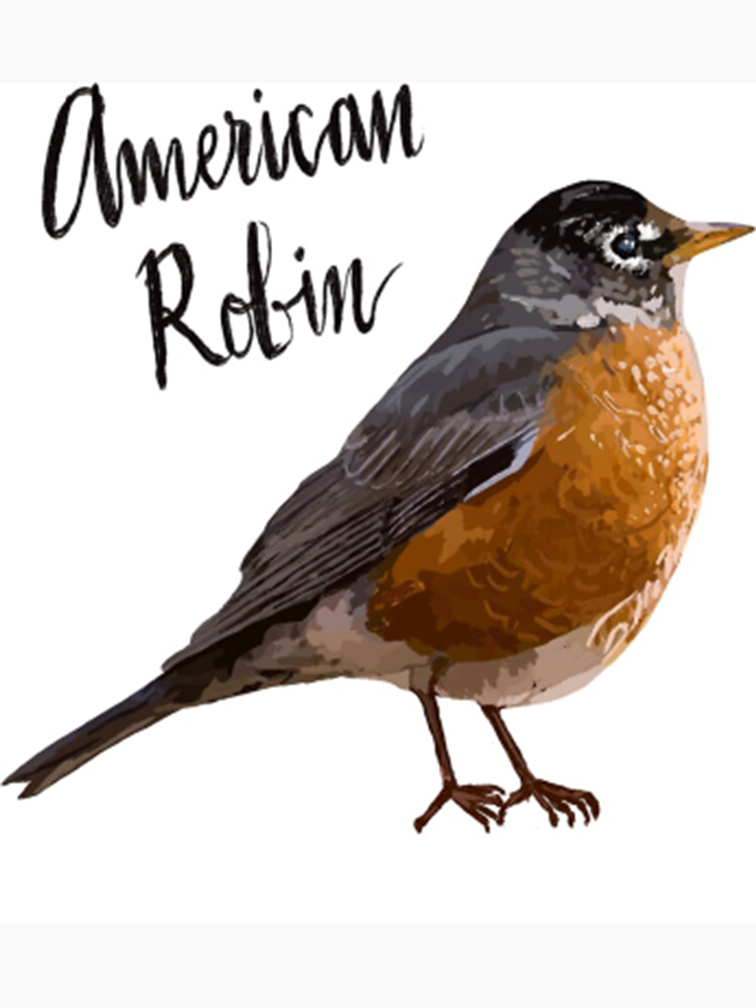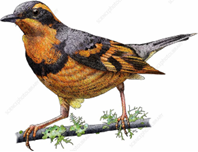LINK TO PDF NEWSLETTER DOWNLOAD
Most people think of the American robin has the first harbinger of Spring, but in truth more and more Robins are wintering over in Alberta each year.
Researchers don’t fully understand why some Robins choose to migrate while others do not. Females are more likely to journey south in winter than males, so it is possible more males opt to stay to give them an advantage when establishing a breeding ground in Spring. The early bird gets the worm, so to speak, although in this case the metaphorical worm is first pick of the best breeding grounds.
When Robins migrate, it’s access to food that drives their journey, not temperature. They can withstand cold winter temperatures, but in the winter, they mainly eat fruit. If fruit isn’t readily available, they will move around in search of a good food supply. In cold winter weather, they need more food, and food becomes increasing scarce as Robins and other birds eat the remaining fruit supply, so they tend to congregate in areas where a lot of fruit is present.
These winter flocks of birds can include hundreds or even thousands of Robins, but they may remain mostly out of sight, unless you happen to be close to a steady supply of fruit like crabapples and berries from hawthorn, holly and juniper. Robins are also much quieter in winter, making very little noise at all, which helps explain how even large flocks of Robins can go largely unnoticed.
We often think Robins have returned to the area in the Spring because the large flocks of Robins disperse and start appearing where we are used to seeing them: feasting on earthworms in our yards. And while some of these Robins may have just returned from points south, others were here all along, just not where we are used to seeing them.
And there’s one more reason we often think of Robins as a first sign of Spring. It’s not just that they suddenly seem to pop up around our homes at this time of year, but we also hear them more in early Spring. The song of a male Robin is identifiable to many people, and early Spring is when they start to sing their familiar song. Among Robins that do migrate, males arrive back on their breeding grounds a week or two before the females, but they will start singing as soon as they arrive as a means of defending their chosen territory.
Varied Thrush
The male Varied thrush sings an ethereal and scratchy whistled note of around two seconds in duration, waits for several seconds, and then sings another similar whistled note on another pitch.
For unknown reasons, populations of the Varied thrush increase and then decrease every two years.
The Varied thrush is not closely related to other Thrush species in North America. It looks more like some Thrush species in Asia and even sounds somewhat like the White’s thrush of northeastern Asia.
The wings of the Varied thrush are fairly long and suited to flying long distances in search of fruiting trees.
Varied thrushes eat a variety of insects and other small creatures during the summer months, and then switch to eating berries like salmonberries, snowberries, apples and other fruits which they quietly pick with their bill while perched in shrubs and trees, or during brief hovering in flight. They also eat acorns and forage on the ground for bugs, worms and other arthropods by carefully lifting and moving leaves with its bill and then snatching the bugs and worms it finds.





